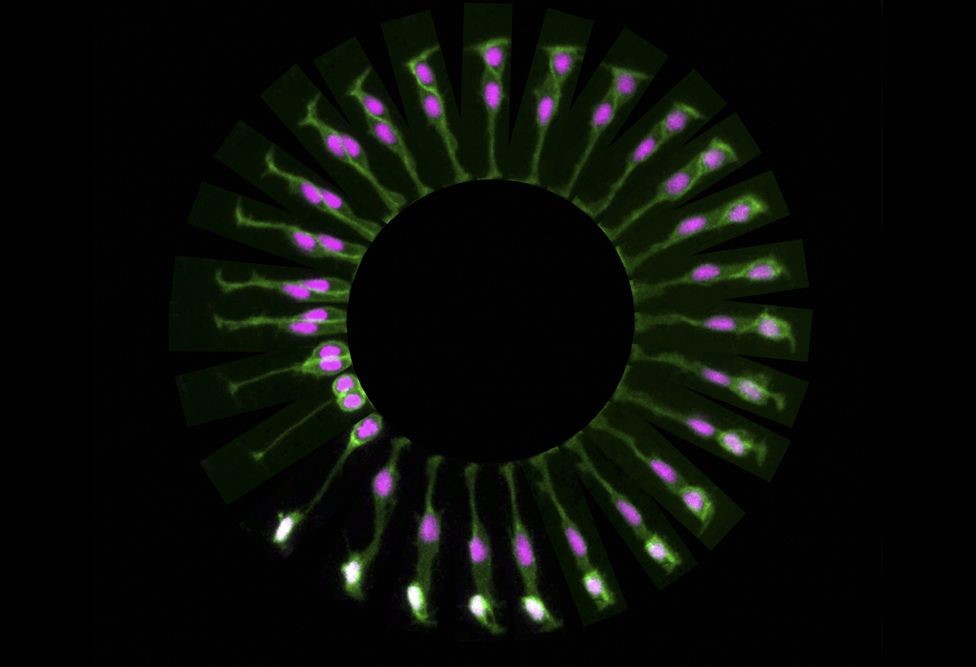
Fluorescence filters ‘open the door’ to in-cell protein analysis
A “fortuitous discovery” has opened the door to a potential way proteins in cells can be analysed using fluorescence filters.
Speeding up the research process
Researchers at the RIKEN Brain Science Institute in Japan were working on fluorescence in mammalian cells, using a green fluorescent protein called KikG.
They altered its structure so that, at certain wavelengths, it emits red fluorescence instead of green, and were surprised to see fairly large fluorescent crystals forming within minutes.
These micron-sized crystals are big enough to be studied while still in the cell itself, whereas creating crystals of comparable size has until now been a laboratory process taking weeks or months.
Opening the door to atomic research
“This was quite a fortuitous discovery, because the ability to crystallise proteins makes it possible to determine their atomic structure,” said research team leader Dr Atsushi Miyawaki.
Interestingly, the cells then fight back, as the lysosome membrane covers the crystals in an attempt to break them down.
During their research, however, the crystals had been introduced from a coral source and could not be digested in this way, meaning they remained in the cells.
If you require a fluorescent filter, Envin can make one to your bespoke specifications. Get in touch today.

